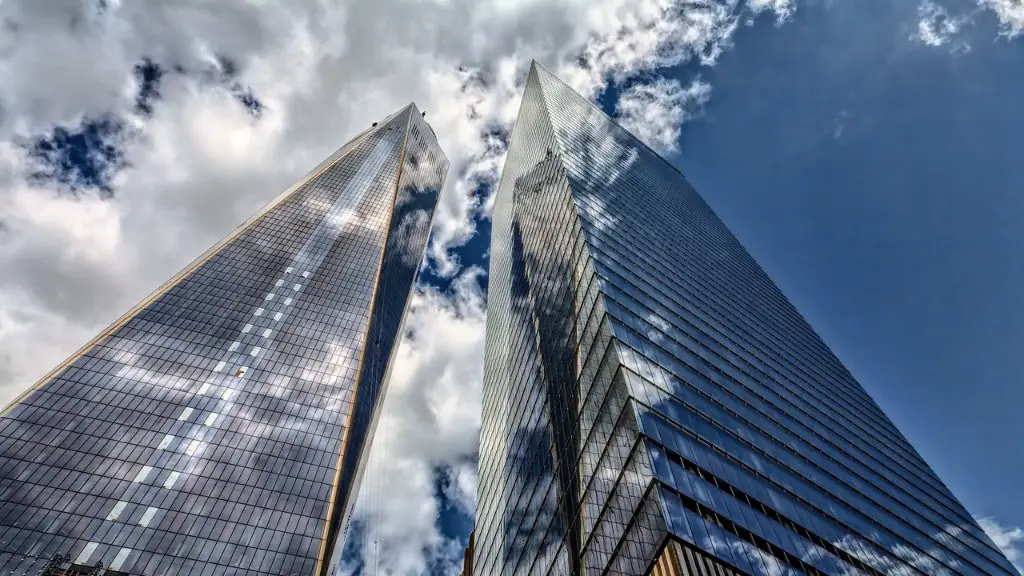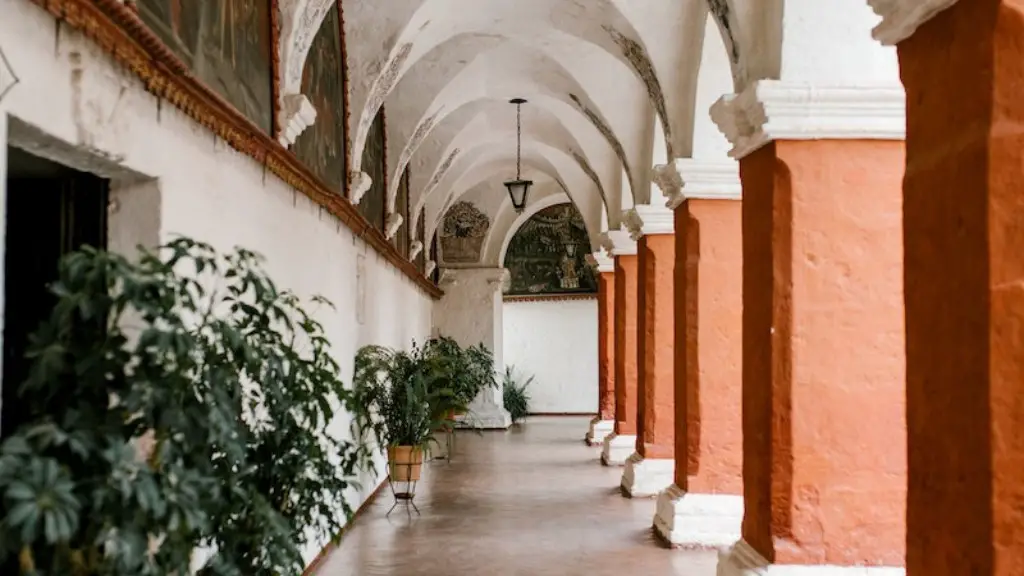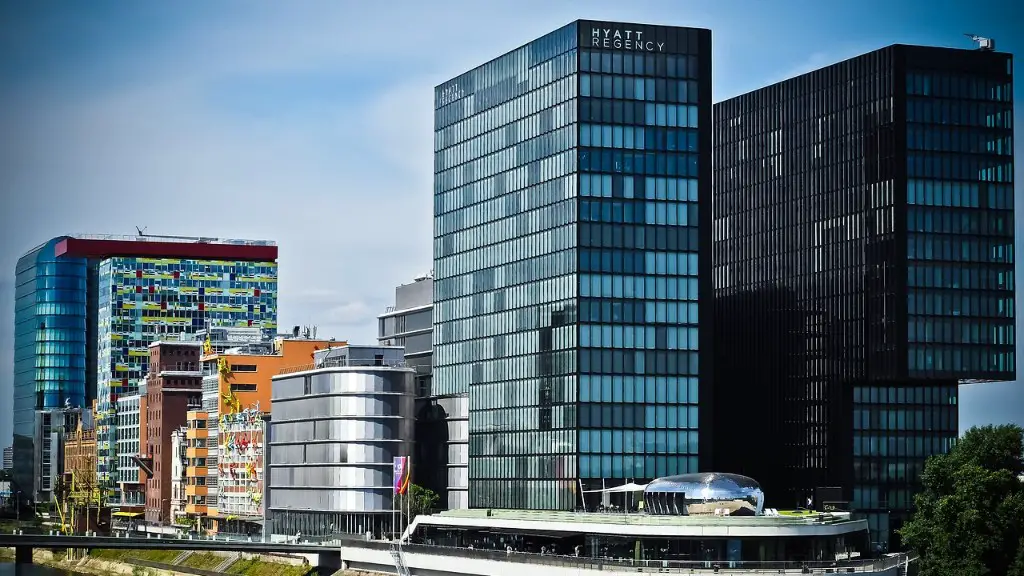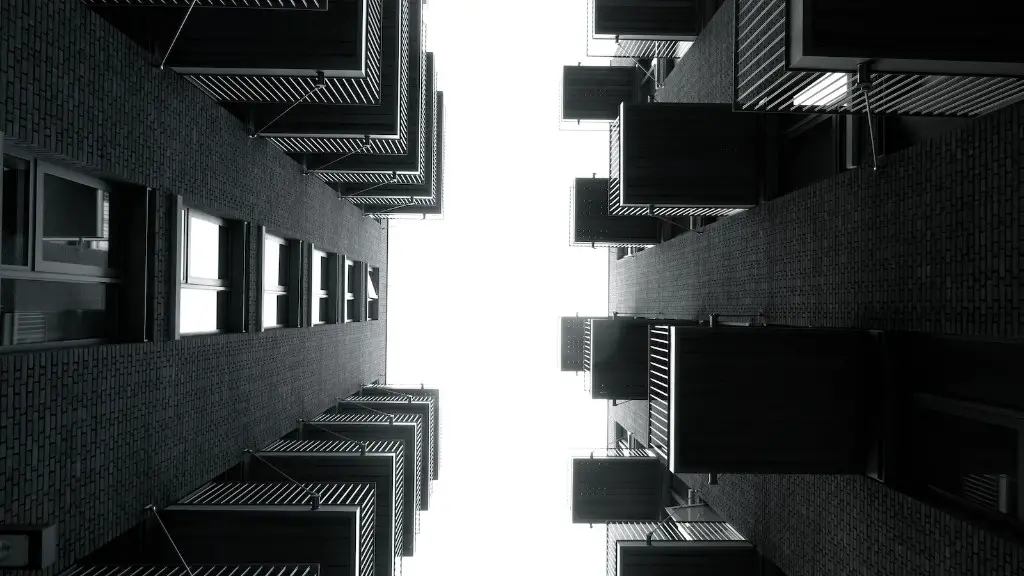London, the capital of the United Kingdom, is renowned for its architectural diversity and magnificence. Its deep history, collected from a variety of influences dives Europe and abroad, has resulted in an impressive collection of buildings, from cobbled alleyways in the city to iconic landmarks that have become emblematic of the country. From gothic marvels to state of the art landmarks, London’s architecture offers something to everyone.
In recent times, there are many iconic buildings showcasing the city’s ideal of rebuilding and growth through the ages. The Shard of Glass, designed by Italian Architect Renzo Piano, stands 287 metres tall and glistens on the London skyline in a fractured, yet remarkable construction. The Gherkin, which stands 180 metres tall and dominates London’s financial district, serves as an example of how modern architecture has been integrated into its home city. Meanwhile, London’s grand past can be seen its legacy monuments, such as the Tower of London and Westminster Abbey, which have stood proud in the capital for hundreds of years.
To truly capture these wonders of architectural grandeur, one must explore them for themselves. The heart of London’s tourism has long been in the West End, where museums, art galleries, theatres and parks await those who revisit this timeless city. Architecture Styles like Georgian and victorian dominate this expansive skyline and offer rich history, such as Knightsbridge, Chelsea and Bloomsbury. Further afield, locations like Hampton Court Palace and Kensington Palace showcase the age of regality that has bled into London’s more modern designs. Elsewhere, the London Eye stands strong on the South Bank, offering sweeping views of the city’s unique urban sprawl.
It is essential to take the opportunity to explore the City of London, to truly appreciate its architecture in both a historical and contemporary light. From iconic tourist destinations to lesser-known hidden gems, each building creates an individual experience that adds to the character of London.
Famous neighbourhoods
London is home to many distinctive neighbourhoods that offer visitors engaging insight into the city’s architectural culture. East London is renowned for its quaint, cobbled streets and pub buildings, as well as its dynamic cultural scenes. Covent Garden, on the other hand, stands as a symbol of upper-class London life and features a plethora of designer stores and cafes. Camden Market continues as a bastion of culture and art, hosting hundreds of traders across its stalls and Sunday market. Meanwhile, Notting Hill provides some of the most detailed examples of Victorian architecture in the city.
Each area in London has its own unique style of architecture and its own range of attractions. Exploring the areas is easily done, as the city is well catered for public transport. Taking the time to explore these different neighbourhoods will give a colourful insight into the different buildings and provide an immersive experience that shows how each building serves as an individual part of London’s wider context.
From iconic tourist destinations to lesser-known hidden gems, London’s architecture is a product of its own experience and provides a remarkable insight into the Inner workings of the city.
Contemporary Architecture
Moving beyond the traditional forms of architecture, London has seen a steady rise of modern designs and technology-focused applications. Contemporary designs, such as the Lloyd’s Building and the Gherkin, act as a symbol of how far architecture has come in such a short amount of time. The 2021-2022 Bloomsbury Summer School, which is hosted by the world-renowned Barbican Centre, offers those with a passion for contemporary architecture the opportunity to explore London’s newest additions through a hands-on approach.
Walking tours are another good way of discovering the advancement of London’s architecture. The routes provided offer visitors an alternative way of viewing the city in all its diversity, as each area provides its own individual sights and experiences. The tour also provides insight into urban planning, as challenges and solutions from the past have been integrated into the modern city experience.
Technological advancements have also been implemented in the city, such as smart street lighting and the development of a network of cameras and sensors, which should aim to reduce crime and help with emergency responses and traffic flow. This is not only a benefit in terms of efficiency, it has also been seen as a step forward in London’s development into a more connected, open and sustainable city.
It is clear that London’s architecture is changing, as well as the way people interact with it. This provides the city with an opportunity to develop further into the future, giving visitors an increasingly unique experience.
Women in Architecture
London’s architectural landscape has also been impacted by groundbreaking female designers, who have proven that great architecture isn’t limited by gender. From Sir Norman Foster to Zaha Hadid, many female architects have showcased their genius across some of the most iconic buildings in the capital. Florence Nightingale’s architectural contributions are seen throughout the city, in particular at the Royal College of Nursing, which was designed by her. Other examples include Phillida Pascoe’s design for the relocation of Imperial College London, and recent developments such as the London Design Biennale, which saw Zeuler Rocha Lima become the first female to have a commissioned Pavilion.
Women in architecture are also calling for increased diversity, pushing against the under-representation that female voices have faced throughout the years. Firms such as Farrells and Adjaye Associates are now leading the way, actively seeking out diversity in their staff and workflow. This is then integrated into their designs, allowing for enhanced creativity and new perspectives that are pushing the boundaries of contemporary architecture.
Ultimately, women are having an increased influence on London’s architecture scene and are championing the need for diversity in the field – from pushing for better access to positions of power to providing unique solutions to the built environment.
Technological Developments
The advances in technology since the industrial revolution have had an undeniable effect on London’s architecture. One obvious example can be seen in the developments of housing, which included the construction of purpose-built housing estates. Meanwhile, technological innovations have also been implemented in the famous London Underground network, with automated trains and ticket machines being made available in the early 2000s, while the recently proposed Crossrail development should increase ease of travel and accessibility throughout the city.
Innovations have also been adopted in relation to enhancing the cityscape and aiding in the efficient running of buildings. This is seen in the various technological improvements made to residential buildings over the past few years, such as smart heating and energy efficient light sensors. Smart materials, like graphene, are also being used to develop buildings that are light, strong, and weatherproof.
From lightning and power solutions to automated voice controls, technology is now a permanent figure in the fabric of London’s buildings and infrastructure.
The Future of London’s Architecture
London’s future is increasingly looking towards a sustainable and innovative outcome. Prominent buildings such as One Hyde Park and 20 Fenchurch Street, also known as the ‘Walkie Talkie’, have pushed new heights with their green initiatives, while the proposed Garden Bridge, which is a pedestrian bridge set over the River Thames, is pushing the boundaries of what can be achieved in the field of sustainable architecture. This increase in innovation towards sustainability is creating buildings that are more efficient, resistant to external elements and lasting for years to come.
London’s buildings, as a whole, are in a constant dialogue, recycling and reusing ideas to reach new results. The Battersea Power Station Accommodation, for example, prioritised space for greenery and energy saving solutions, while the ‘Cheesegrater’ building is an example of the current state of office design and the utilisation of steel and glass. The architecture industry is currently thriving, producing some of the most innovative and dynamic buildings in the world.
London’s Impact on Contemporary Architecture
The designs featured in London have inspired architecture around the world for centuries. Architects such as Nick Grimshaw and Richard Rogers, who both studied under the guidance of the renowned architect and urban planner, Alison Whitehead, remain an ongoing force of creativity and modern design. The principles and techniques used in London’s architecture have informed many of the world’s high-profile projects, such as the Golden Gate National Recreation Area in California, USA and the Business Bay development in Dubai.
London’s architecture is also responsible for inspiring future generations of designers. Schools such as University College London, The Bartlett and The Royal College of Art all provide a platform for students to develop their skills and explore architectural possibilities. This is essential as it will ensure that future generations of Londoners will have access to the same, or even higher, quality of design and construction as before.
London’s architecture has left a mark that will last, not just in its own skyline, but in the influence it has had on the world.





